
Personal loans are a popular financing option for individuals seeking to borrow money for various purposes, such as debt consolidation, home improvement, medical expenses, or even vacations. Unlike secured loans, personal loans are typically unsecured, meaning they do not require collateral. This guide provides a detailed overview of personal loans, including their features, types, application process, advantages, and disadvantages.

Key Features of Personal Loans
1. Unsecured Nature: Most personal loans are unsecured, meaning they do not require borrowers to pledge any assets as collateral. This makes them accessible to a broader range of individuals, including those who may not have valuable assets to offer as security.
2. Fixed Interest Rates: Personal loans often come with fixed interest rates, meaning the interest rate remains constant throughout the loan term. This provides borrowers with predictable monthly payments and helps them budget more effectively.
3. Flexible Loan Amounts: Personal loans offer a wide range of borrowing limits, typically ranging from a few thousand to several hundred thousand dollars. The loan amount depends on the borrower’s creditworthiness, income, and the lender’s policies.
4. Fixed Repayment Terms: Personal loans usually have fixed repayment terms, ranging from one to seven years. Borrowers make equal monthly payments over the loan term until the loan is fully repaid.

Types of Personal Loans
1. Debt Consolidation Loans: These loans are used to combine multiple debts into a single loan with a lower interest rate. This can simplify debt management and reduce overall interest costs.
2. Home Improvement Loans: Borrowers can use these loans to finance home improvement projects, such as renovations, repairs, or upgrades. Home improvement loans can increase the value of the property and improve the homeowner’s quality of life.
3. Medical Loans: These loans are designed to cover medical expenses, including surgeries, treatments, and other healthcare-related costs. Medical loans can help individuals manage unexpected medical bills without depleting their savings.
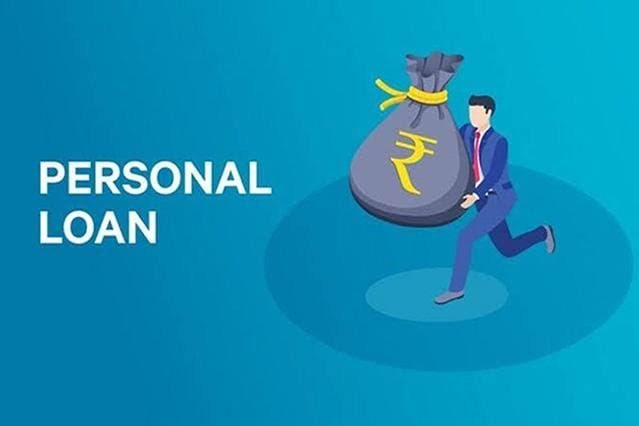
4. Wedding Loans: Wedding loans provide financing for wedding-related expenses, such as venue rentals, catering, photography, and honeymoon costs. These loans can help couples plan their dream wedding without financial stress.
5. Vacation Loans: Borrowers can use vacation loans to finance travel expenses, such as airfare, accommodation, and activities. These loans can make it possible to take a much-needed vacation without waiting to save up the necessary funds.
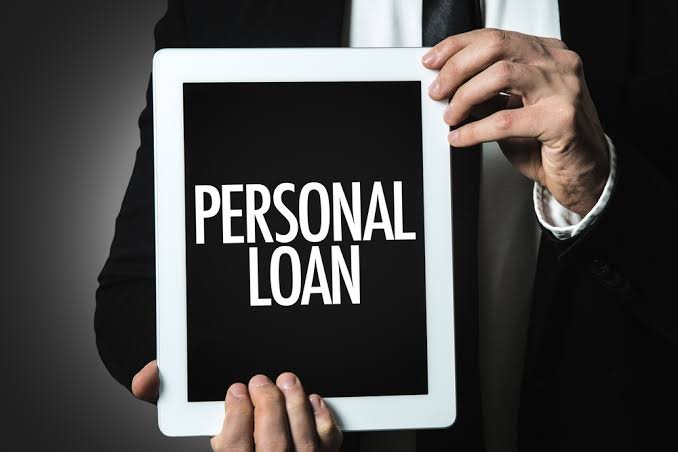
The Personal Loan Application Process
1. Assess Your Financial Needs: Determine the amount of money you need to borrow and the purpose of the loan. This will help you identify the appropriate type of personal loan for your situation.
2. Check Your Credit Score: Your credit score is a crucial factor in determining your eligibility for a personal loan and the interest rate you will receive. Obtain a copy of your credit report and check your credit score to understand where you stand.

3. Research Lenders: Compare offers from multiple lenders, including banks, credit unions, and online lenders. Pay attention to interest rates, loan terms, fees, and the lender’s reputation.
4. Pre-Qualify: Many lenders offer pre-qualification, which allows you to see potential loan offers without a hard credit inquiry. Pre-qualifying can give you an idea of what you may qualify for and help you compare offers.
5. Gather Documentation: Prepare the necessary documentation, such as proof of income, identification, and information about your debts and assets. Having these documents ready can streamline the application process.
6. Submit Your Application: Complete the loan application with your chosen lender. Be prepared to provide additional information or documentation if requested.
7. Review Loan Terms: Once approved, carefully review the loan agreement. Pay close attention to the interest rate, repayment terms, and any fees associated with the loan. Ensure that you fully understand the terms before signing the agreement.
8. Receive Funds: After you sign the loan agreement, the lender will disburse the funds to your bank account. The time it takes to receive the funds can vary depending on the lender.
9. Repay the Loan: Make timely payments according to the agreed-upon schedule. This will help you build a positive credit history and avoid late fees or penalties.
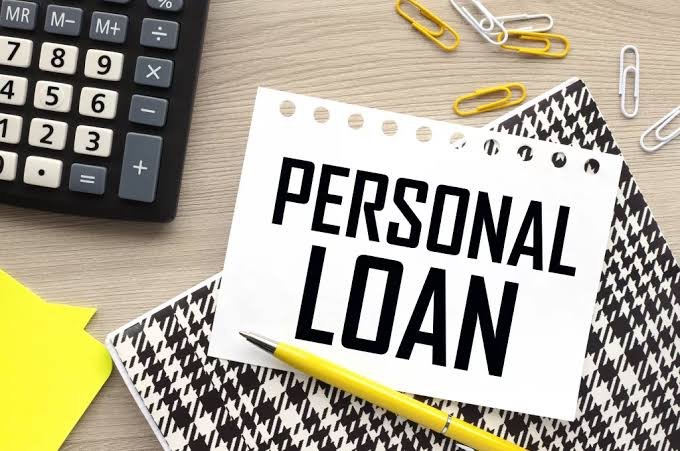
Advantages of Personal Loans
1. Versatility: Personal loans can be used for a wide range of purposes, giving borrowers the flexibility to address various financial needs.
2. No Collateral Required: Most personal loans are unsecured, meaning borrowers do not need to pledge assets as collateral. This reduces the risk for borrowers who may not have valuable assets or do not want to risk losing them.
3. Predictable Payments: With fixed interest rates and fixed repayment terms, personal loans offer predictable monthly payments, making it easier for borrowers to budget and manage their finances.
4. Quick Access to Funds: Personal loans typically have a faster approval and disbursement process compared to secured loans. Borrowers can often receive funds within a few days of approval.
5. Debt Consolidation: Personal loans can be used to consolidate high-interest debts, such as credit card balances, into a single loan with a lower interest rate. This can simplify debt management and reduce overall interest costs.
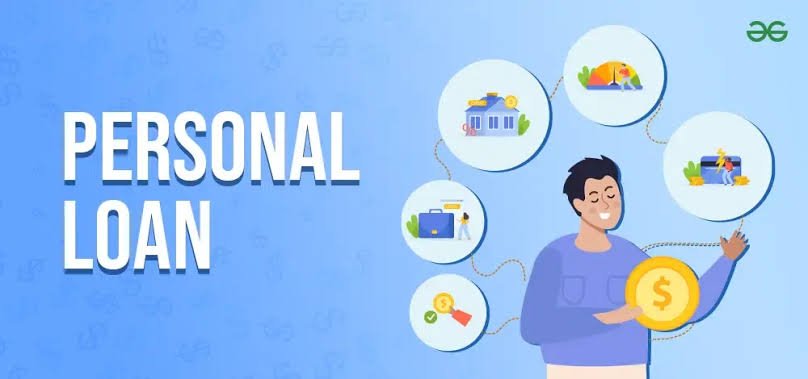
Disadvantages of Personal Loans
1. Higher Interest Rates: Personal loans can have higher interest rates compared to secured loans, especially for borrowers with lower credit scores. This is because lenders take on more risk with unsecured loans.
2. Fees and Charges: Personal loans may come with various fees, such as origination fees, prepayment penalties, and late payment fees. These fees can add to the overall cost of the loan.
3. Impact on Credit Score: Applying for a personal loan can result in a hard credit inquiry, which can temporarily lower your credit score. Additionally, missing payments or defaulting on the loan can have a negative impact on your credit history.
4. Fixed Repayment Terms: While fixed repayment terms provide predictability, they can also limit flexibility. Borrowers may face challenges if their financial situation changes and they need to adjust their payment schedule.
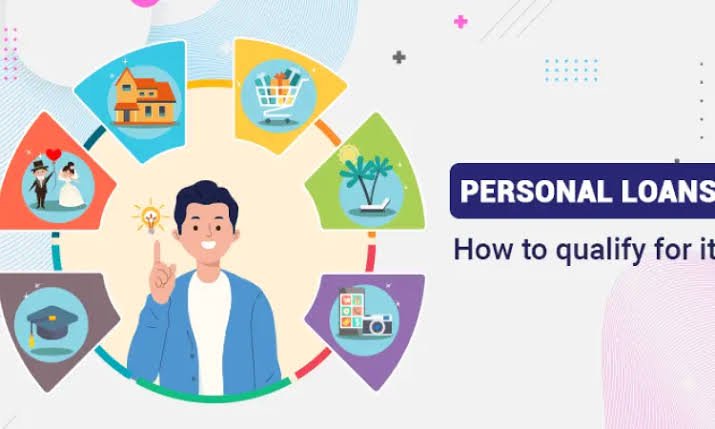
Conclusion
Personal loans are a valuable financial tool that can help individuals address a variety of financial needs, from debt consolidation to home improvement. By understanding the key features, types, application process, and the advantages and disadvantages of personal loans, borrowers can make informed decisions and effectively manage their financial situation.
If you have any specific questions or need further details, feel free to ask! 📚💡💳
Reference
- Personal Loans Explained: What You Need to Know. (2025). Financial Insights Journal. Retrieved from [Link].